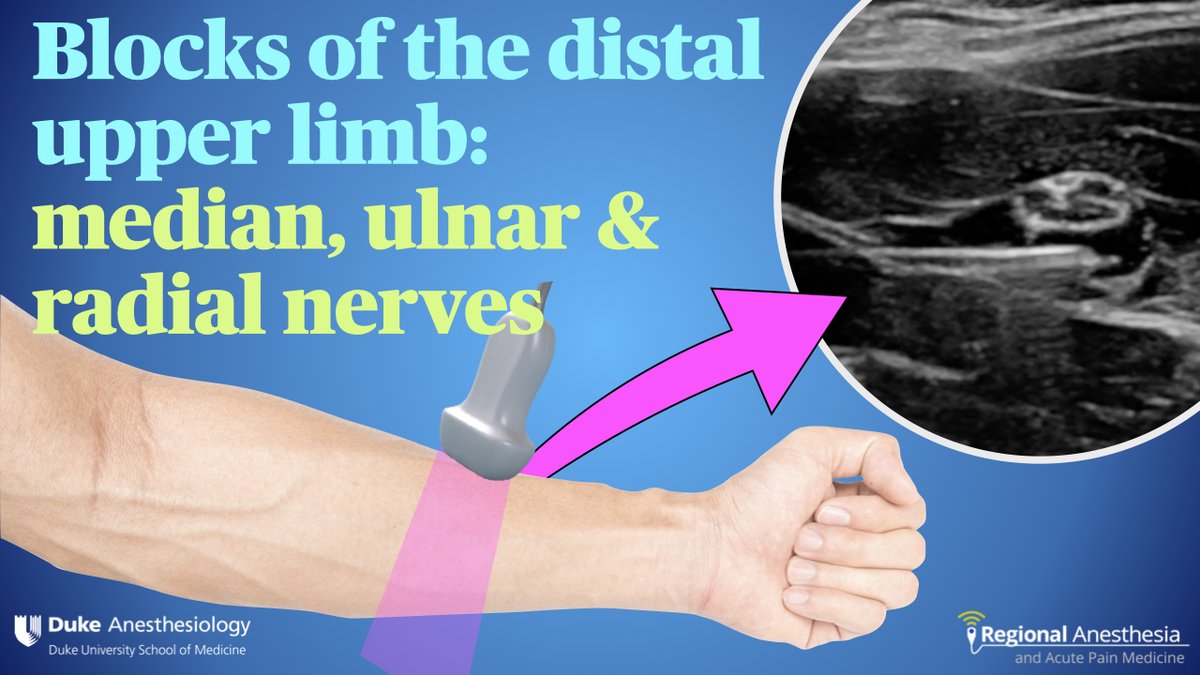
Happy #Blocktober 24th! Let's talk parasternal blocks! Multiple names/approaches but essentially one deep and one superficial--both block the ant. cutaneous IC nerves, and benefit breast, cardiac & trauma patients. What are your thoughts on these? #DukeRAP #RegionalAnesthesia 

Here's our curated reading list for parasternal blocks! #Blocktober #DukeRAP #FOAMEd #RegionalAnesthesia @RCoANews
pubmed.ncbi.nlm.nih.gov/32032103/
pubmed.ncbi.nlm.nih.gov/28203723/
pubmed.ncbi.nlm.nih.gov/28632672/
pubmed.ncbi.nlm.nih.gov/27001634/
pubmed.ncbi.nlm.nih.gov/29293481/
pubmed.ncbi.nlm.nih.gov/32859487/
pubmed.ncbi.nlm.nih.gov/32032103/
pubmed.ncbi.nlm.nih.gov/28203723/
pubmed.ncbi.nlm.nih.gov/28632672/
pubmed.ncbi.nlm.nih.gov/27001634/
pubmed.ncbi.nlm.nih.gov/29293481/
pubmed.ncbi.nlm.nih.gov/32859487/

And here's the video highlighting the anatomy and techniques for the two most common approaches to parasternal blocks: the pecto-intercostal fascial block (#PIFB) and the transversus thoracic plane block (#TTPB). Enjoy!
• • •
Missing some Tweet in this thread? You can try to
force a refresh








